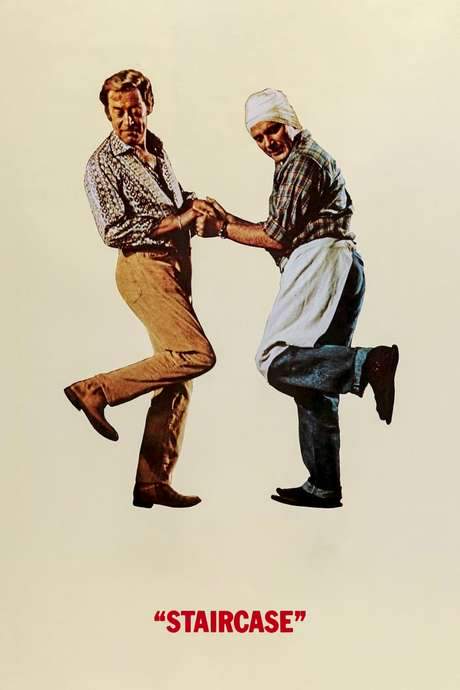
The Curse of Steptoe
Year: 2008
Runtime: 67 mins
Language: English
Director: Michael Samuels
Set in the early 1960s, stage‑aspiring Harry H. Corbett seizes the role of junk‑dealer Harold Steptoe in the new television comedy ‘Steptoe and Son.’ The programme becomes a hit, but the fame traps Corbett, type‑casting him and derailing his theatrical ambitions. Co‑star Wilfrid Brambell, who plays the father, faces his own marginalisation as a gay man in a Britain where homosexuality remains illegal.
Warning: spoilers below!
Haven’t seen The Curse of Steptoe yet? This summary contains major spoilers. Bookmark the page, watch the movie, and come back for the full breakdown. If you're ready, scroll on and relive the story!
Timeline – The Curse of Steptoe (2008)
Trace every key event in The Curse of Steptoe (2008) with our detailed, chronological timeline. Perfect for unpacking nonlinear stories, spotting hidden connections, and understanding how each scene builds toward the film’s climax. Whether you're revisiting or decoding for the first time, this timeline gives you the full picture.
Last Updated: October 05, 2025 at 11:57
Unlock the Full Story of The Curse of Steptoe
Don't stop at just watching — explore The Curse of Steptoe in full detail. From the complete plot summary and scene-by-scene timeline to character breakdowns, thematic analysis, and a deep dive into the ending — every page helps you truly understand what The Curse of Steptoe is all about. Plus, discover what's next after the movie.
The Curse of Steptoe Summary
Read a complete plot summary of The Curse of Steptoe, including all key story points, character arcs, and turning points. This in-depth recap is ideal for understanding the narrative structure or reviewing what happened in the movie.

Characters, Settings & Themes in The Curse of Steptoe
Discover the characters, locations, and core themes that shape The Curse of Steptoe. Get insights into symbolic elements, setting significance, and deeper narrative meaning — ideal for thematic analysis and movie breakdowns.

Similar Movies to The Curse of Steptoe
Discover movies like The Curse of Steptoe that share similar genres, themes, and storytelling elements. Whether you’re drawn to the atmosphere, character arcs, or plot structure, these curated recommendations will help you explore more films you’ll love.
Explore More About Movie The Curse of Steptoe
The Curse of Steptoe (2008) Plot Summary & Movie Recap
The Curse of Steptoe (2008) Scene-by-Scene Movie Timeline
The Curse of Steptoe (2008) Spoiler-Free Summary & Key Flow
Movies Like The Curse of Steptoe – Similar Titles You’ll Enjoy
Straight-Jacket (2004) Complete Plot Breakdown
The Long Firm (1000) Plot Summary & Ending Explained
The Actors (2003) Plot Summary & Ending Explained
The Crucifer of Blood (1991) Story Summary & Characters
Step By Step (1000) Detailed Story Recap
The Set (1970) Film Overview & Timeline
Curse of the Starving Class (1994) Detailed Story Recap
Steptoe & Son (1972) Movie Recap & Themes
Steptoe & Son Ride Again (1973) Complete Plot Breakdown
The Old Curiosity Shop (2007) Plot Summary & Ending Explained
The Curse of Inferno (1996) Story Summary & Characters
Charley’s (Big-Hearted) Aunt (1940) Film Overview & Timeline
Staircase (1969) Story Summary & Characters
The Crimes of Stephen Hawke (1936) Complete Plot Breakdown
The Best Pair of Legs in the Business (1973) Detailed Story Recap














 Aunt-cdvU_Bxd-4_ITA.jpg)


